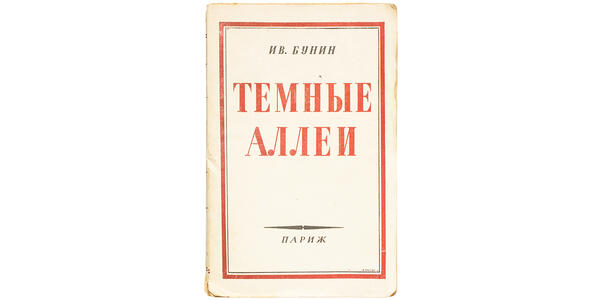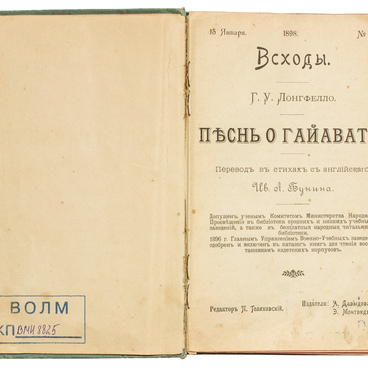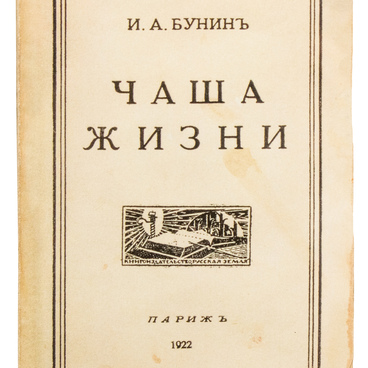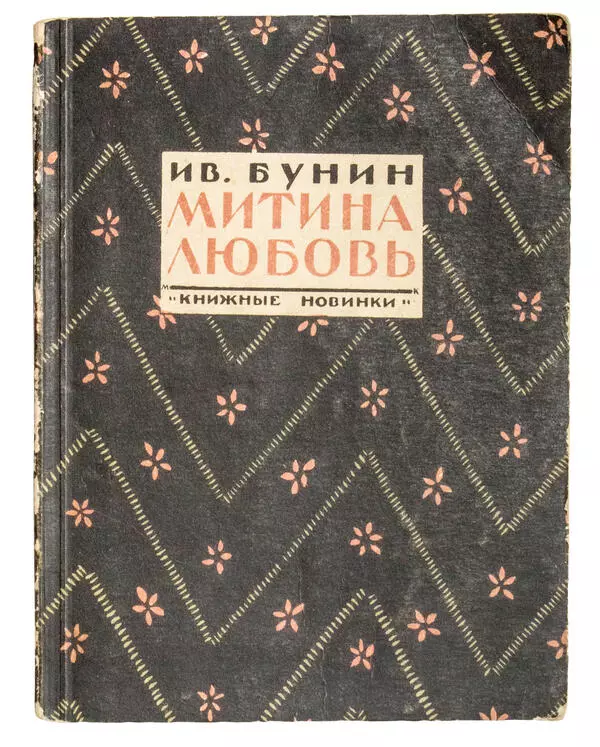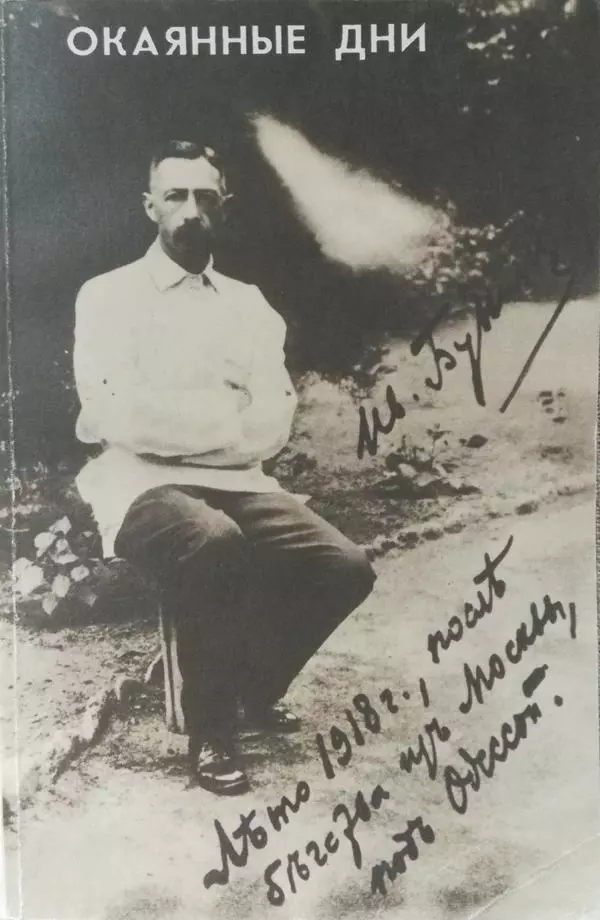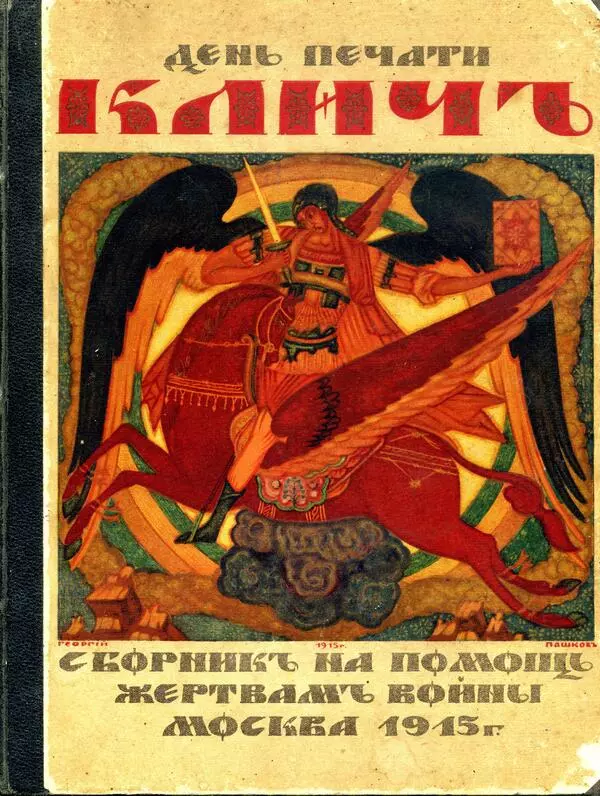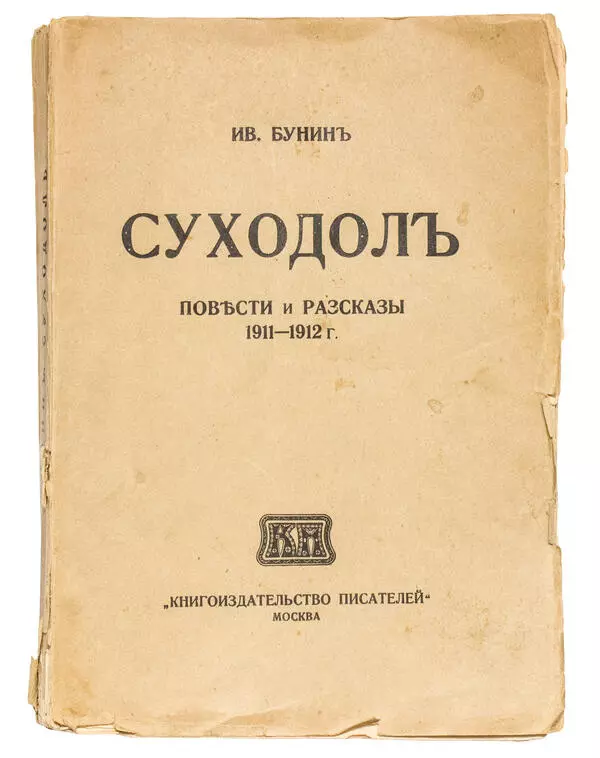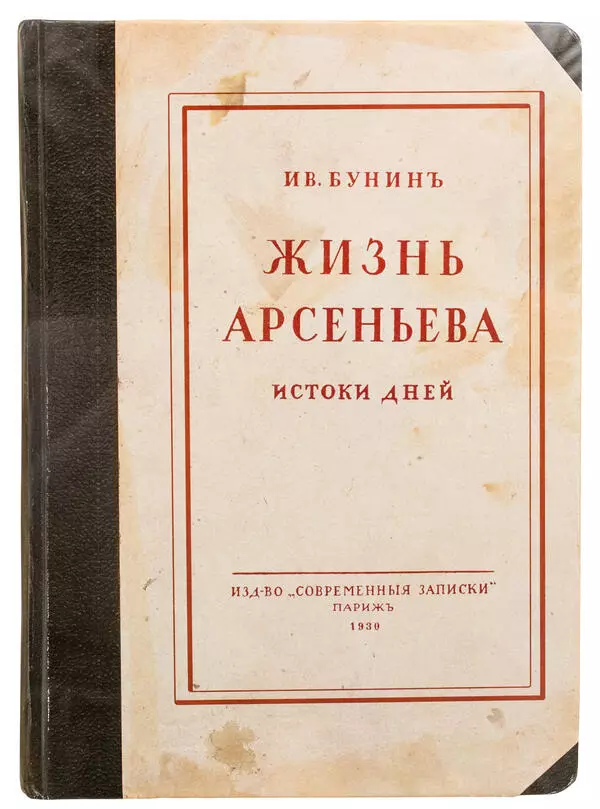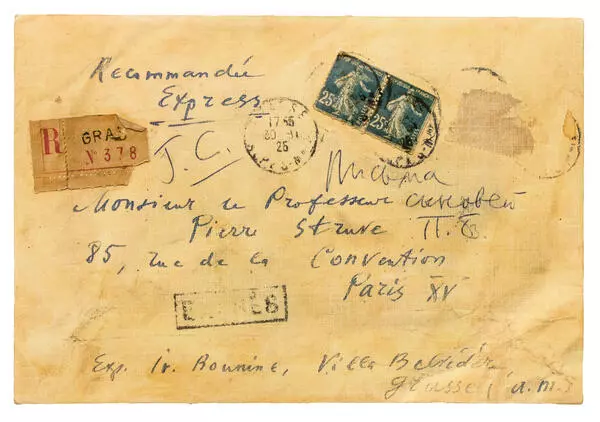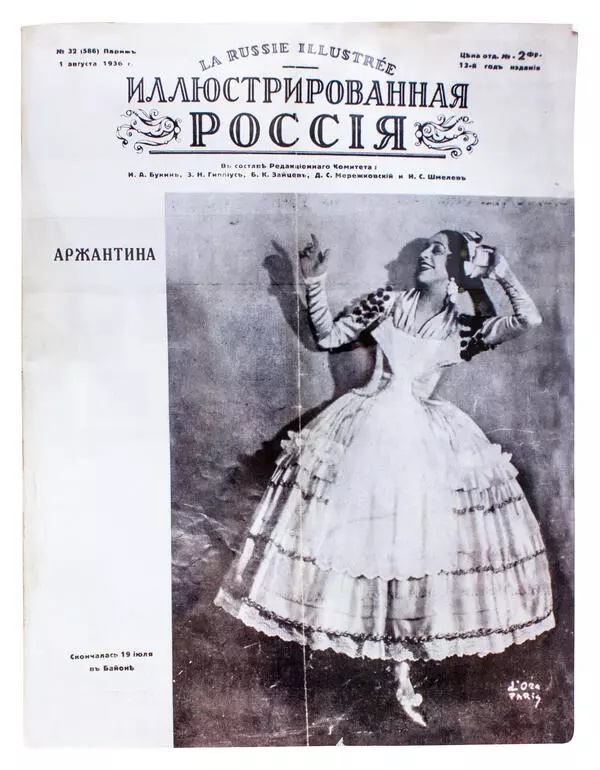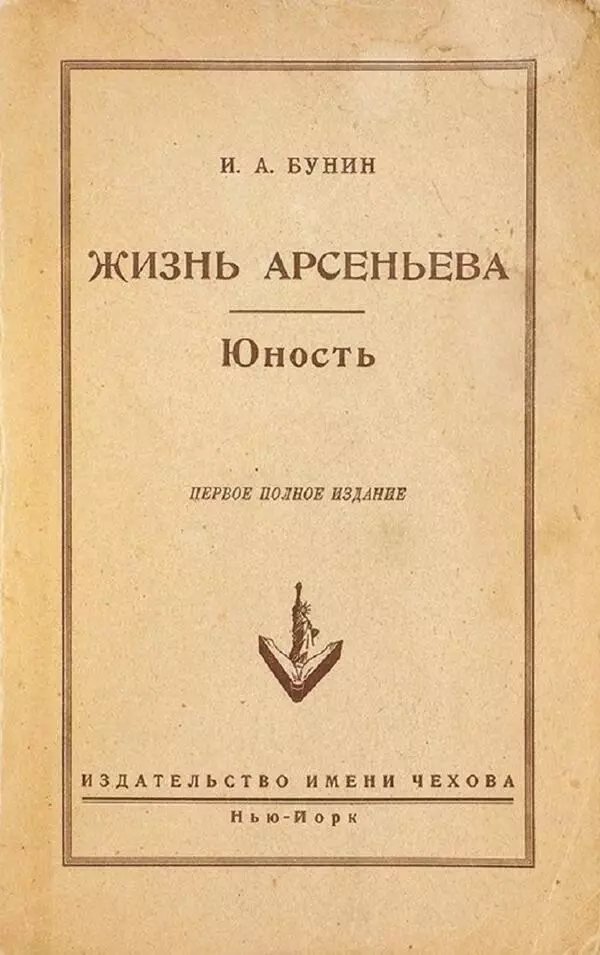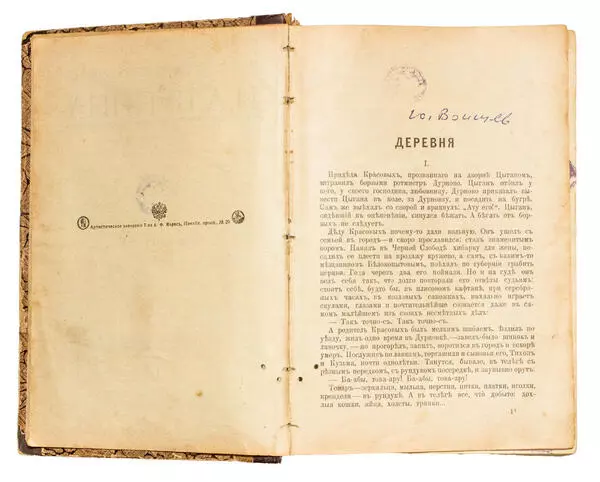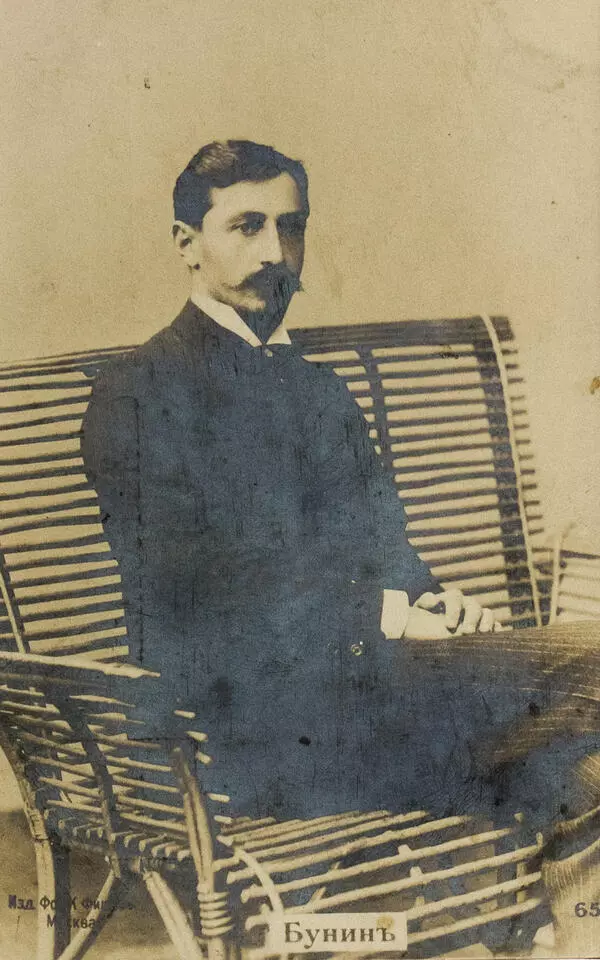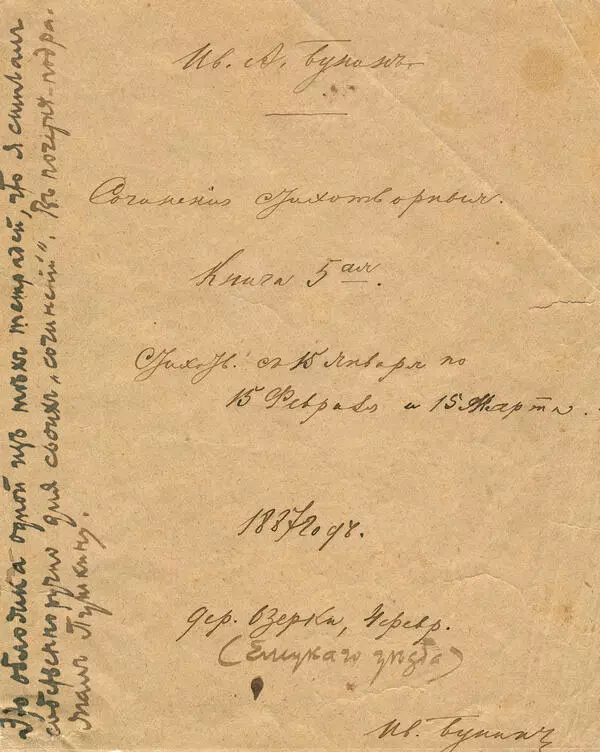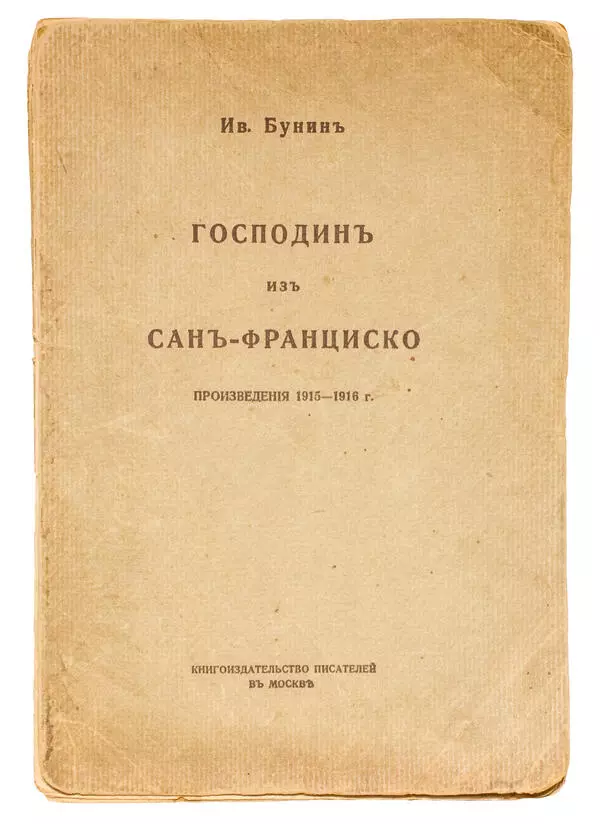It is important to note that the second title of the collection was “Dog Rose” — which Bunin preferred.
At the end of 1944, when the author finished his work, poet Sergey Makovsky hosted a small banquet to celebrate it. The celebration of the creation of “Dark Avenues” took place on December 29. Bunin’s friends and acquaintances came to congratulate him: Boris and Vera Zaytsevs, Nadezhda Teffi, Nina Berberova, Alexandre Benois and many others. Bunin wistfully joked that Giovanni Boccaccio wrote ‘Decameron’ during the plague, while he wrote ‘Dark Avenues’ during the war.
The writer believed that the publication of the collection could ensure some material stability for his family but it did not happen.
He asked Mark Aldanov and Andrei Sedykh to publish his collection — by that time, they lived in America, far from military actions. Andrei Sedykh is a pseudonym of writer and journalist Jacques Zwibak who was friends with Bunin since 1923. Ten years later, Sedykh travelled with Bunin to Stockholm for the Nobel Prize ceremony as a literary secretary. In 1941, the journalist fled from France to the USA and started to work for the newspaper ‘Novoe Russkoe Slovo’ (‘New Russian Word’). Writer Mark Aldanov, Bunin’s old friend, worked there as well. Thus, the collection “Dark Avenues” was printed in the USA in 1943, before the final edits were made.
The Paris edition of “Dark Avenues” came out only in December 1946. By that time, Bunin added new stories to the collection.
The French version is also distinguished by its design, which was created by Boris Grosser. He left Russia in 1920 and from 1925 to the 1940s, often cooperated with various publishing houses. Grosser designed many other French editions of Bunin’s books: for example, ‘Mitya’s Love’ of 1925, “Selected Poems” of 1929 and “Sacred Tree” of 1931.
